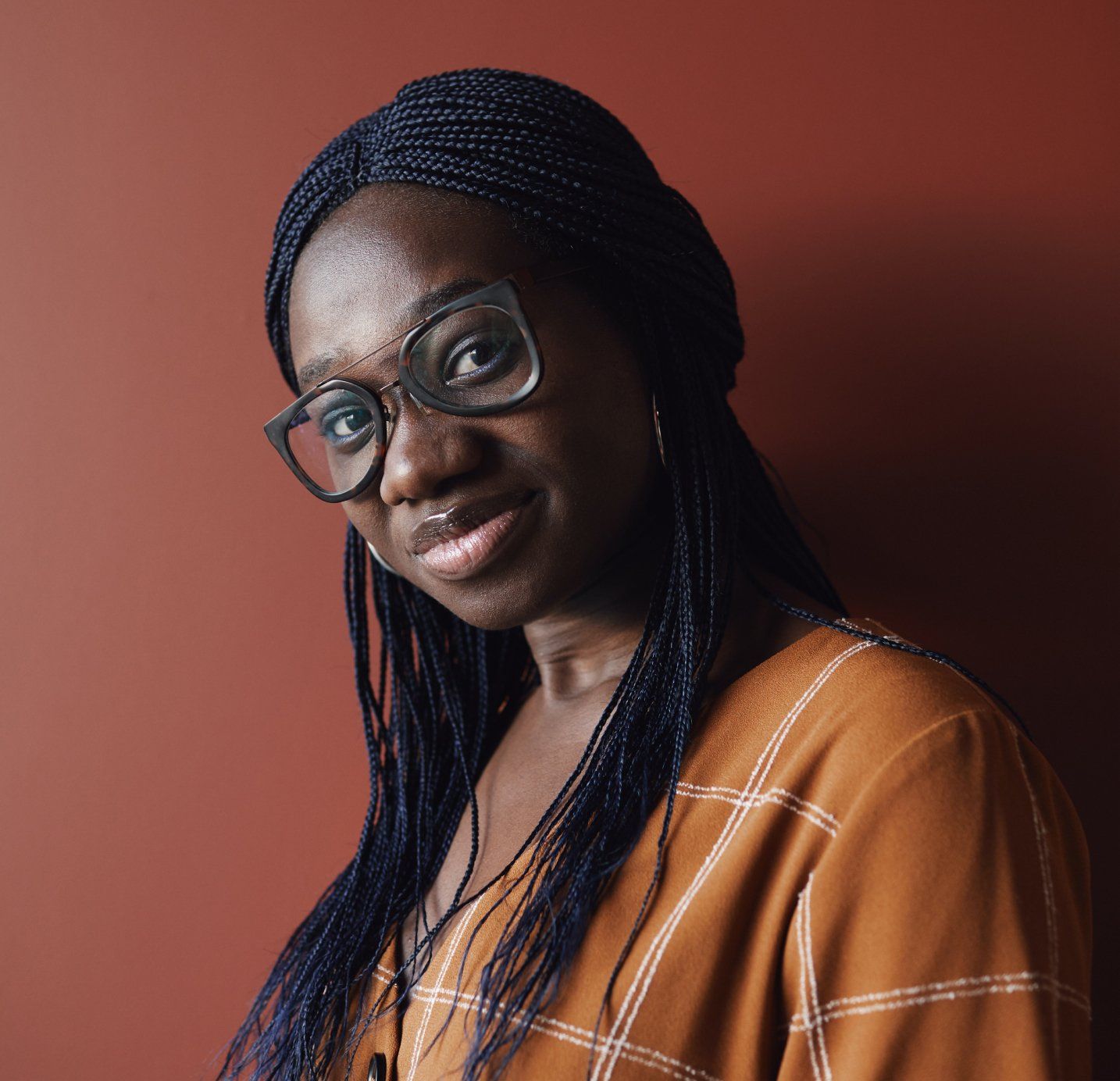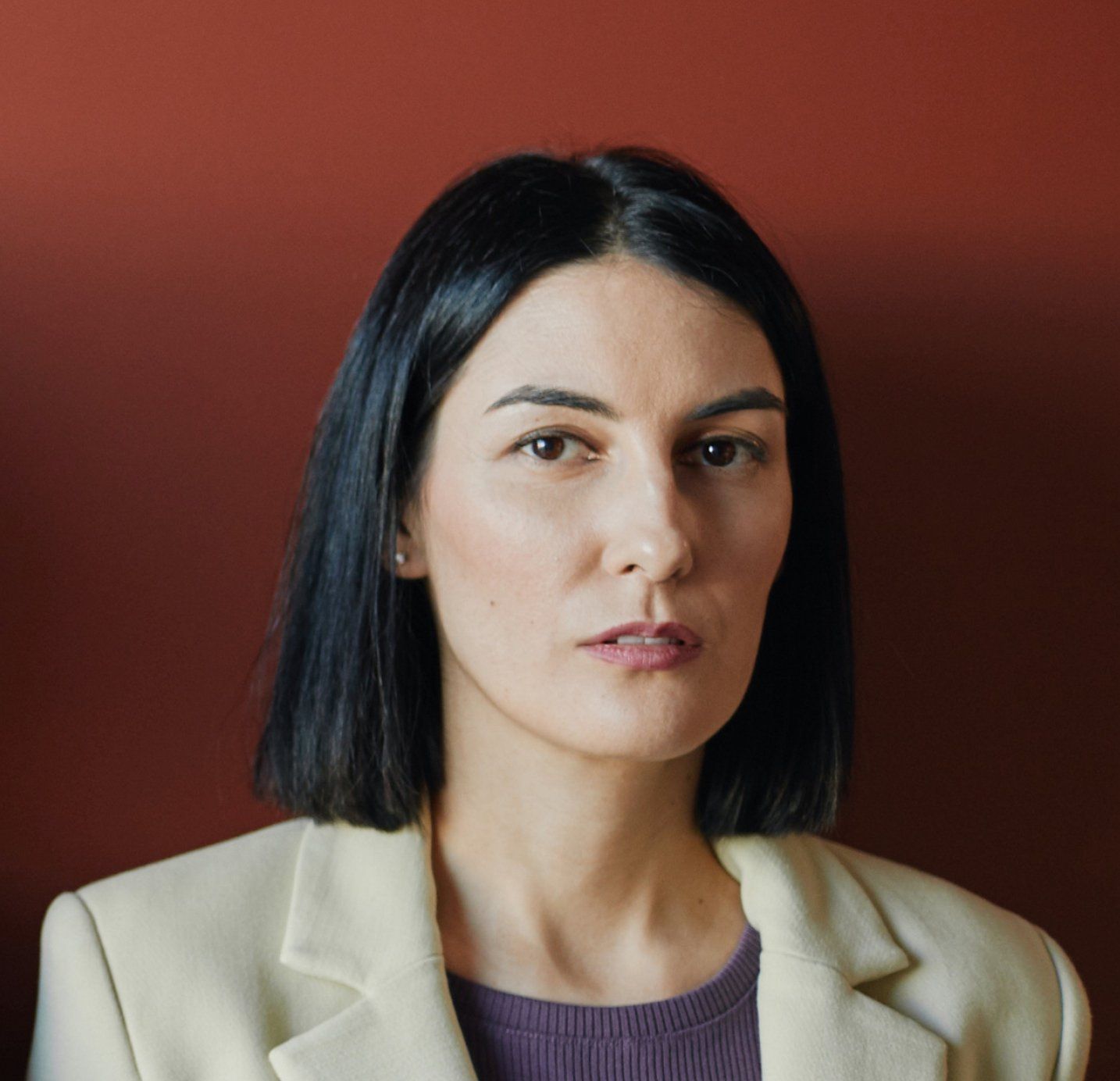Board Position: Director
Katherine E. Kennon earned her Bachelor of Art in Design and Master of Architecture from Clemson University in South Carolina. She is a licensed architect in Pennsylvania and Tennessee. Katherine has worked in small and large firms whose project types include commercial, healthcare, and residential and was a facility planner for Vanderbilt University Medical Center in the Office of Space and Facility Planning. Currently, she is a principal at the Architect Workshop where her role focuses on code and ADA compliance for internal project, marketing and as the ADA Consultant for MTSU and TTU. Katherine is a Professor of Practice at O’More College of Architecture and Design at Belmont University where she teaches courses concerning the development of architecture as a profession, design studios, codes and regulations, and professional practice. She is also the author of The Codes Guidebook for Interiors and supplementary study guide whose 9th edition is due to be published in January 2026.
What do you see as the value of AIA?
The value of the AIA is to promote and advocate for the value that the profession brings to the community and to equip their members to continually and increasingly provide value through the diverse roles they serve in their community.
Why are you interested in serving on the Board?
I am interested in serving on the AIAMIDTN Board of Directors because of the diversity of roles in which we, as architects, can positively affect our community is exciting. I look forward to being involved in conversations and decisions that supports each member in their path and collectively as a profession.
What do you wish to contribute as a Board Member?
In my career, I have served diverse roles within the architectural profession: licensed architect in small firm, large firm and self-employed, code and ADA compliance expert, non-profit owner representative, and educator among them - but at all times an AIA member. I feel that this range of experiences will allow me help keep the Board's perspective to remain broad as to who it serves. And because I have seen the perspective of women in architecture improve over the decades but also recognize that there are still issues to address and realities to confront - I bring a unique understanding of diversity in our profession.




